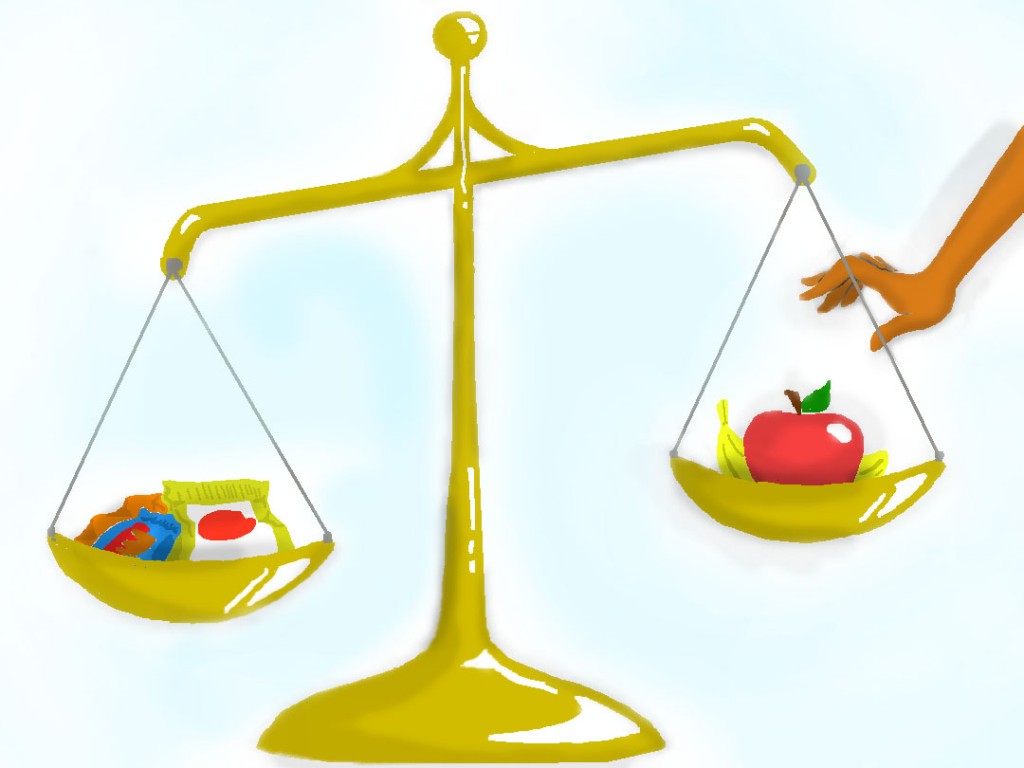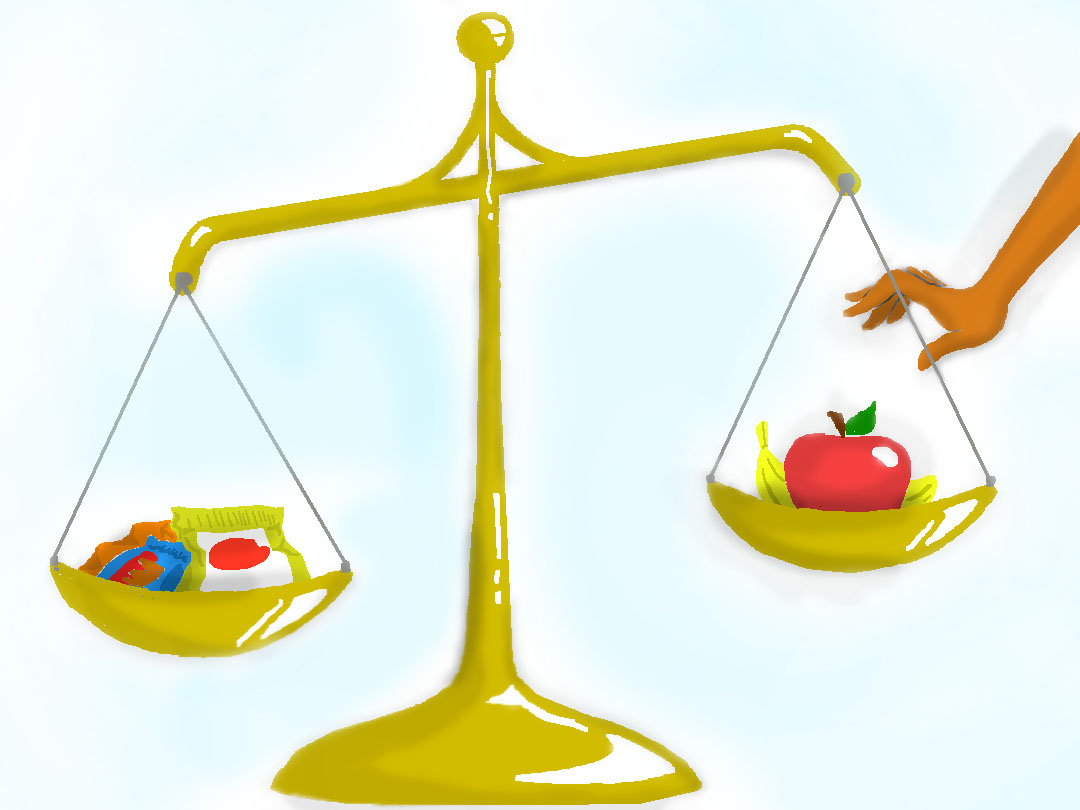
When that afternoon snack craving strikes, the one that turns you into a hunger-crazed monster, how can you choose a satisfying and healthy snack?
With the exponential growth in consumption of snack foods, estimates are that Americans consume more calories snacking than they do during meals. According to a 2014 Nielsen Holdings N.V. study, 45 percent of the 30,000 consumers in the study are eating snacks as a meal alternative. Global snack food sales total $374 billion per year, reflecting this trend.
Healthy snacking requires understanding what makes a snack smart, trusting one’s hunger cues and ultimately executing a plan to be a happy – and healthy – snacker.
Spending time learning accurate information on general healthy eating is imperative. Many people propagate myths and misconceptions about “healthy eating,” and this is especially true with the overwhelming number of snack foods that claim to be healthy in one way or another.
The first step of proper snacking is finding a reliable source such as a dietician, trainer or a legitimate and dependable website. Refer to this source to help you make the best decisions about smart snacks.
There are some egregious sins when it comes to snacking. Remember that snacks are not meal alternatives – unless you want to end up hungry, grumpy and craving more food. Tempting 100-calorie snack packs may aid in portion control, but that doesn’t mean that Cheez-It crackers have magically become good for you. Even granola bars can contain so much sugar that you may as well be eating a candy bar. Look for a protein-rich snack to control your hunger, but don’t depend on it.
How do you know if you’re actually hungry and not just bored or stressed? Before you snack, think for a moment about your motivations. If you’re craving something salty to take your mind off your big test, find other coping mechanisms to combat stress, like meditation, exercising at the gym or calling a friend.
Once you have a plan the right information, stick to it. With today’s diet fads and overwhelming amounts of health and wellness information, people often begin to second-guess their decisions. A blanket rule is that fruits, vegetables and anything else that grows from the ground are good starting points for sources of nutrients.
I’m not saying you should never treat yourself. At this very moment, in fact, I’m enjoying some frozen yogurt. But making good decisions the majority of the time positions you on the pathway to better overall health and wellness.
Alyssa Jacobson is a senior majoring in advertising and political science.







